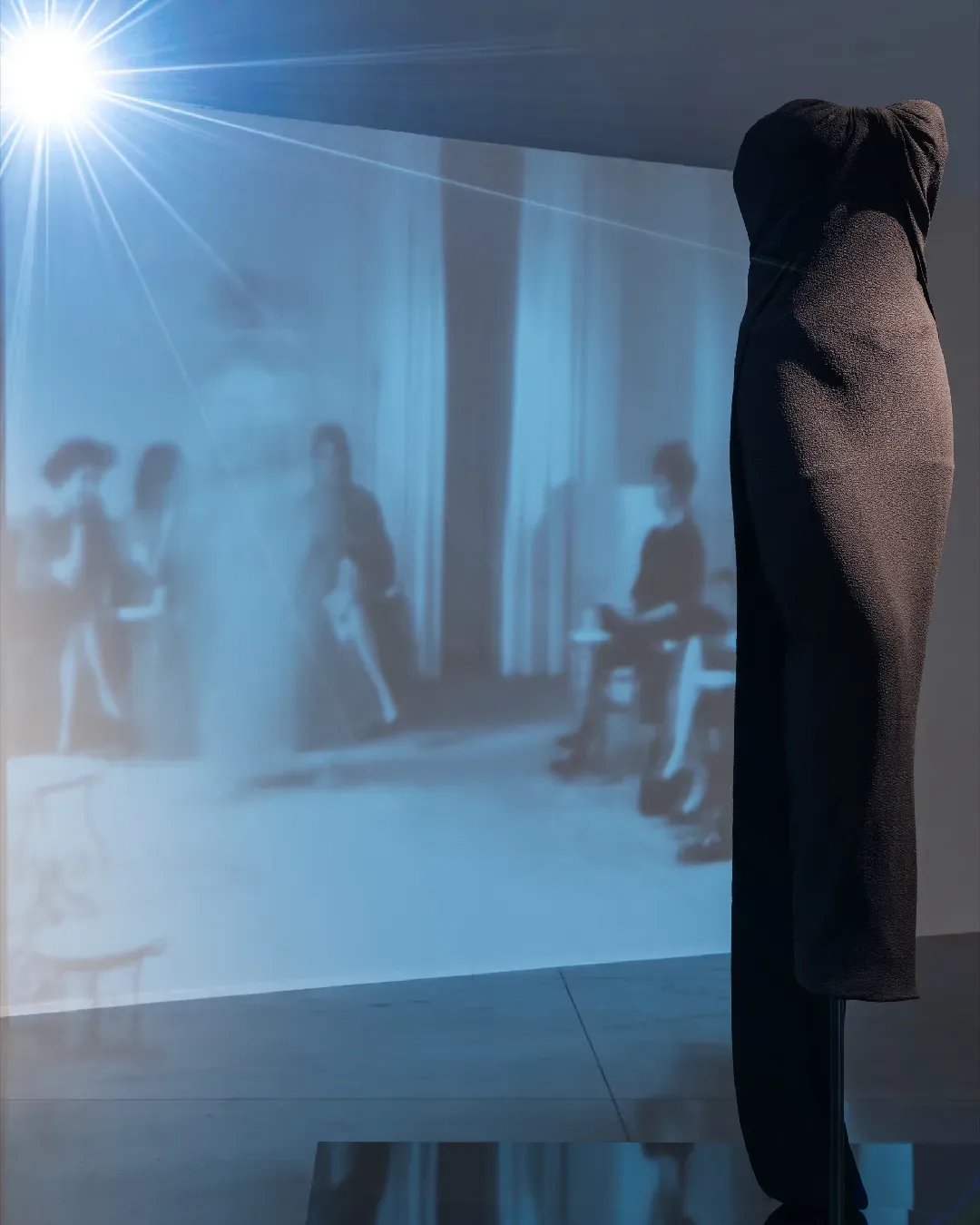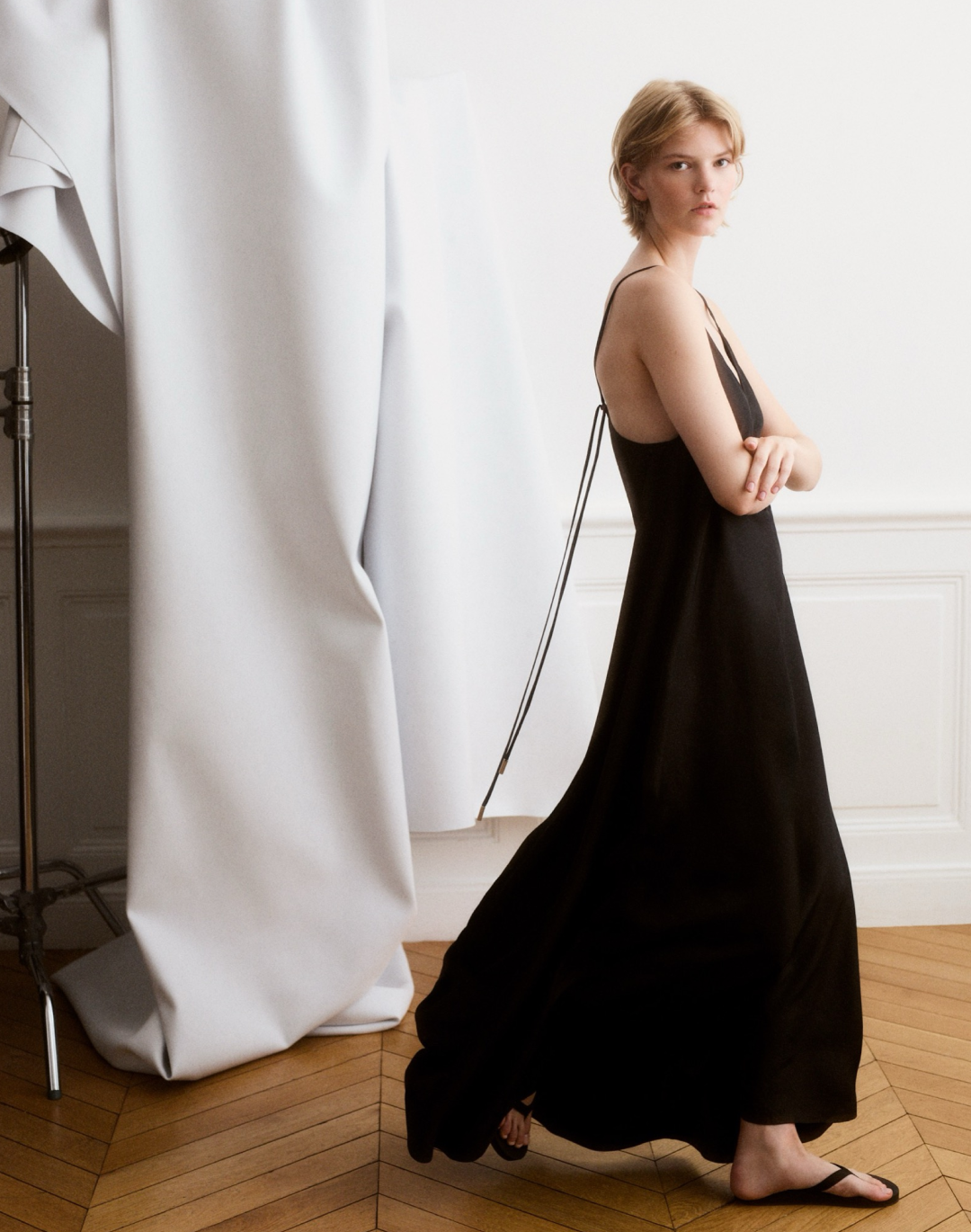
When brands "outlive" their founders The thorniest issue in fashion: the name on the door
During Paris Fashion Week, the two most viral moments of Vivienne Westwood's show, now directed by the designer's widower Andreas Kronthaler, were Sam Smith's opening look and especially the performance of the trio Son of Sissy which, taken out of the context of the show, produced the effect of the most bizarre strangeness. In the TikTok comments section of Interview Magazine, which posted the video, the most recurring phrase concerns, to use the most delicate terms possible, the fact that Vivienne Westwood would disapprove of a show of this tenor. And the fact that the exact name of the brand today is “Andreas Kronthaler for Vivienne Westwood” has led several insiders to wonder if it wouldn't be simpler in terms of understanding to give the brand the name of its current designer (who is otherwise highly respected) without necessarily bringing in Westwood. The reasons behind the choice are obviously commercial and recognizability – but the logic of those objecting holds. «I don’t want to make a parody», Kronthaler said in 2022 speaking about the brand's aesthetic, «reworking or redoing it. And it’s not my nature either, looking back». Significant words, after all, a successor must provide their own personal interpretation of a certain style, but they create a considerable ambiguity about what the brand's true legacy is: are we talking about pre-existing codes that are being rethought or new codes? In the first case, the designer must operate within a limited range of options and references, the past is their fence; in the second case, one must understand if it makes sense for the new codes to be labeled with a name that already has its own codes.
@interviewmag Replying to @azia.spam actually perfect vibes at #viviennewestwood runway show #parisfashionweek #tiktokfashion original sound - Interview Magazine
Now, the issue tends to often resolve itself. Let's think about Balenciaga: famously, the founder of the brand didn't want to associate with those couturier-businessmen who made their signature a kind of scepter that could be passed from one successor to another; nonetheless, after a series of setbacks and a "sleep" that lasted until 1986, the rights to the Balenciaga name were acquired by Jacques Bogart, and a long string of creative directors (Goma, Thimister, Ghesquiére) began, culminating in Demna. Despite working in a completely different universe and in a completely different way, Demna not only made Balenciaga a leading brand again, reintroducing Haute Couture after half a century, but also became a spokesperson, initiator, and symbol of an entirely new style. «I've been hammering away at this aesthetic for almost 10 years. And it's beyond my control», the designer said to WWD after the latest show in Paris. «Because there are people on the street who seem to wear Balenciaga, but they're not wearing it. But the way they wear their clothes, the way they match them, the proportions, it's the Demna style». Now, with respect to history, it must be admitted that there is no better recognition for a designer than being able to claim a certain aesthetic and in this sense, Demna has brought back to life a brand that would otherwise have "lived" only in a museum case. And to this it can be added that one legacy does not cancel out the other – but this is a case of success, an extraordinary success in the sense that both the achievements of Cristòbal Balenciaga and Demna are separate pillars holding up the same roof but could very well stand on their own - a phenomenon not at all common these days. Here, as in other cases, history is written by the winners.
. Their main job is to continue to make as much profit as possible for the conglomerate».
Alexander McQueen, the Sean McGirr version. Thoughts? pic.twitter.com/fwJ0rjnLKF
— Vanessa Friedman (@VVFriedman) March 2, 2024
But accusing capitalism of certain dissonances and ambiguities, given where the industry has arrived, makes no sense. Rather, an interpretative model to adopt is that of identity: there are brands that have their own identity and others that have that of their designer. Usually, when the brand has its own identity, it's because it represents an approach or a method, whether the brand was born as an expression of pure savoir-faire (think Louis Vuitton, Bottega Veneta, Gucci, or Hermès) or whether the founder has set up a "method" in which, like a lens, a new designer can focus their own vision – and this is the case with Issey Miyake, Phoebe Philo, or Martin Margiela, who are also imitated by other designers in their own brands. In the situation where the brand's identity corresponds to that of the designer, as in the case of McQueen but also that of Helmut Lang or Azzedine Alaïa, there is a lack of a model to rely on because that model is a set of personal tastes, skills, and intuitions, obsessions, and aesthetic inspirations too linked to an unrepeatable human experience to be simply bottled up. In these cases, the challenge is artistic: as in the case of Balenciaga, a strong personality and vision must be replaced with an equally strong personality and vision which will then have to establish internal links of coherence with their own work. But, as Demna said after his show (paraphrasing), pure creativity is the true luxury of today in an industry that, ironically, is driven by urgent needs practically every quarter. Are we certain that CEOs and their committees can afford the luxury of calmly choosing an artist? Or is it better to choose, more briefly, a bureaucrat? To quote Jim Jarmusch: «Fast, cheap and good: pick two. If it’s fast and cheap, it won’t be good. If it’s cheap and good, it won’t be fast. If it’s fast and good, it won’t be cheap».















































